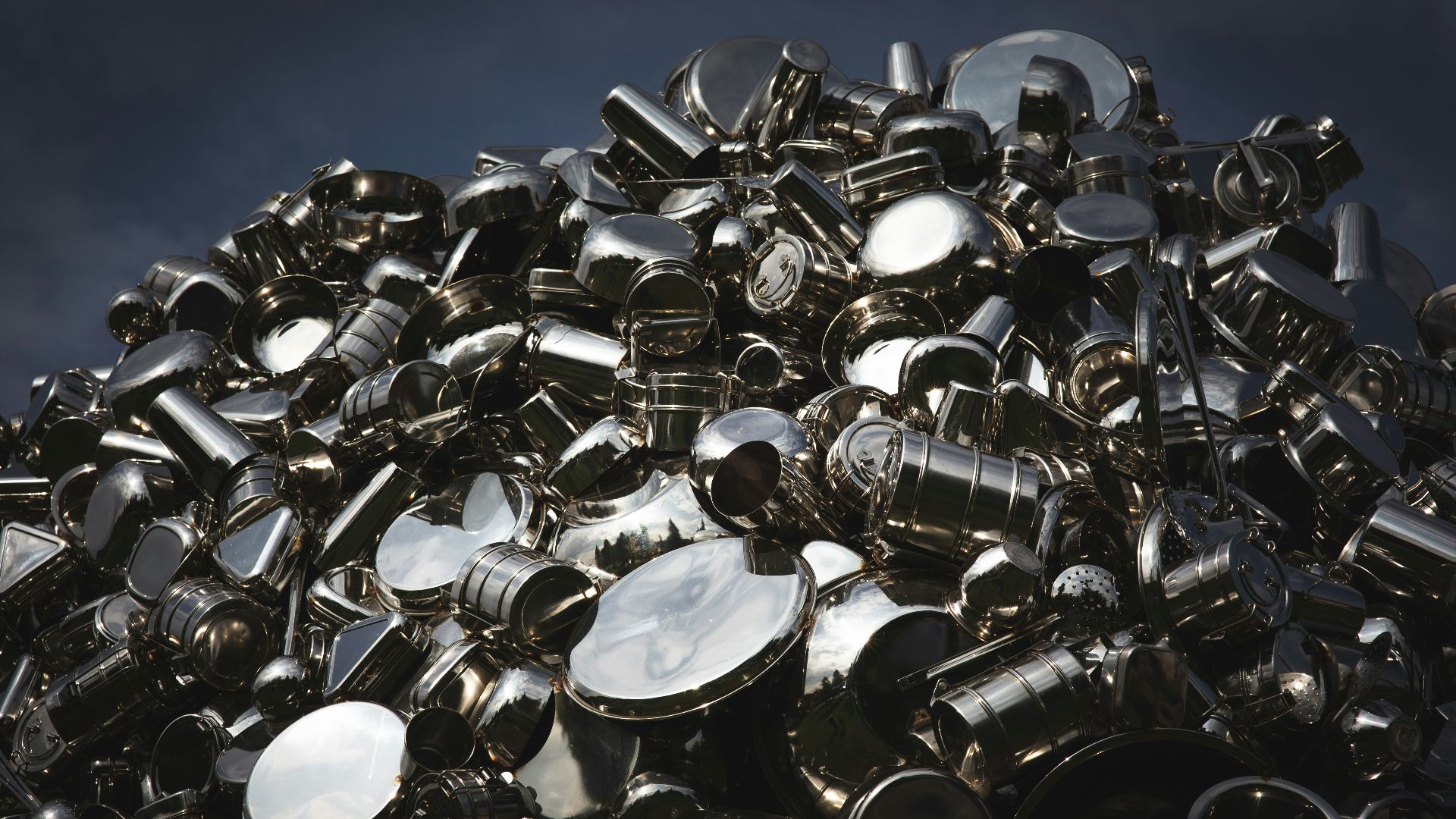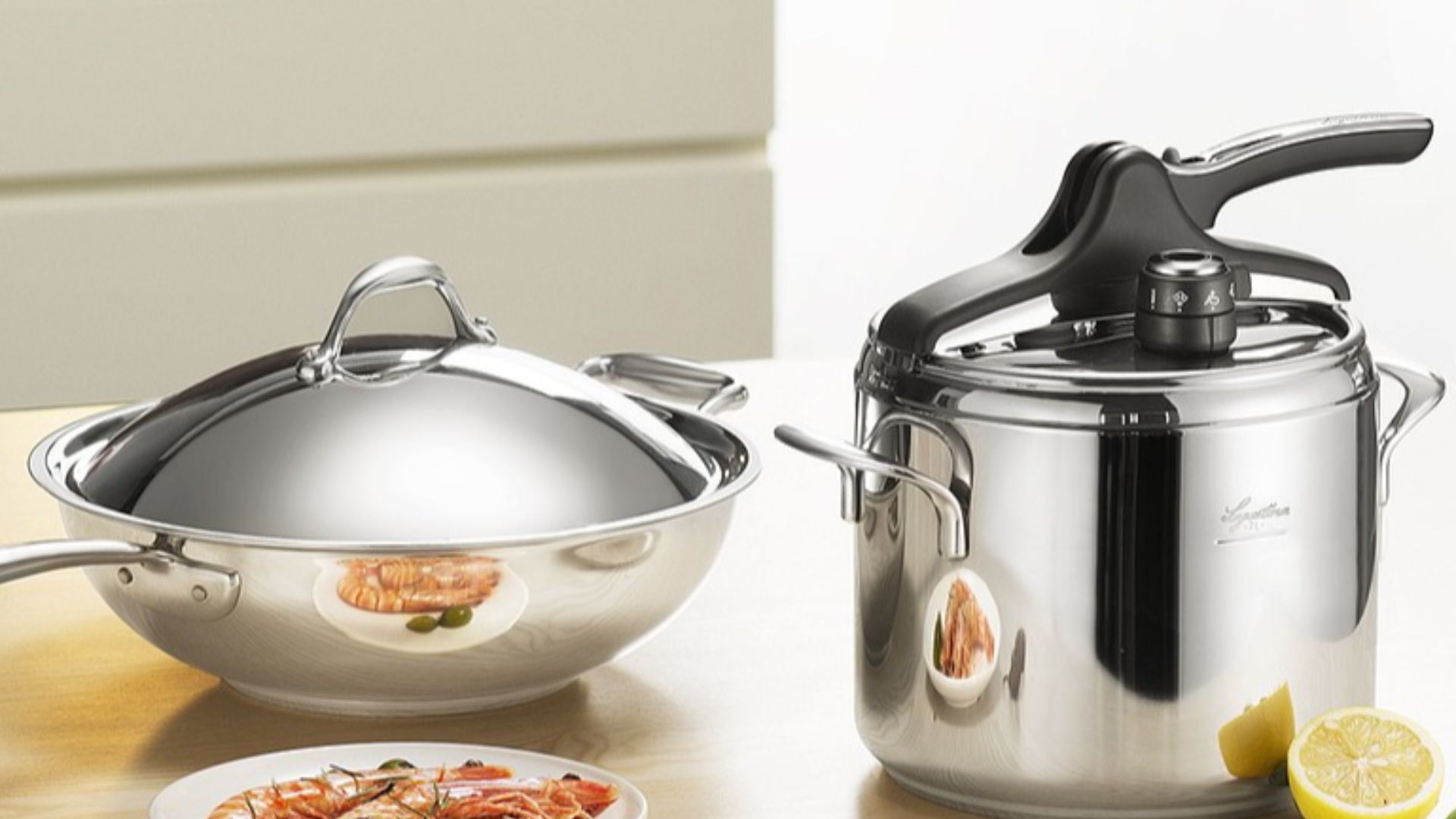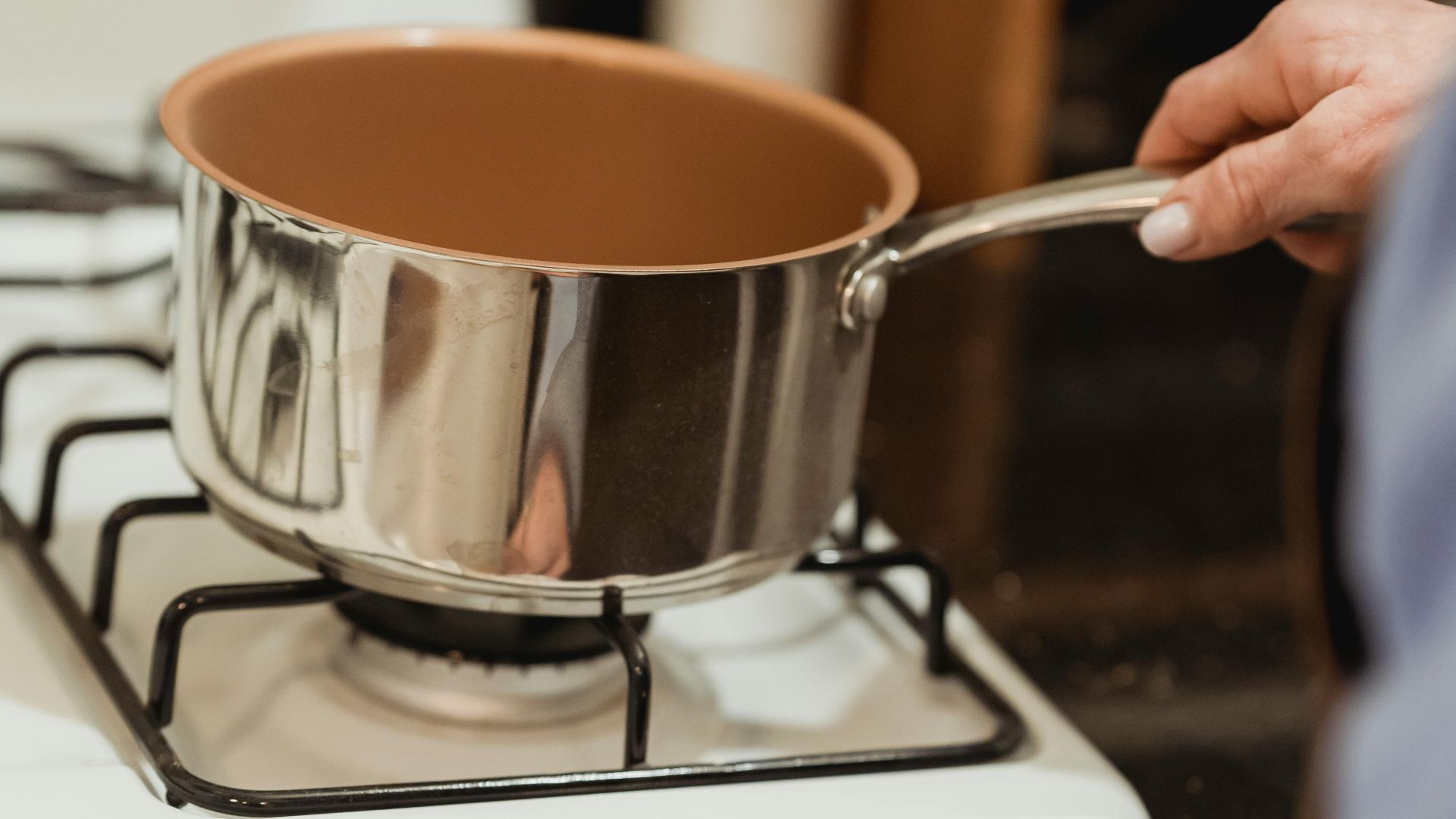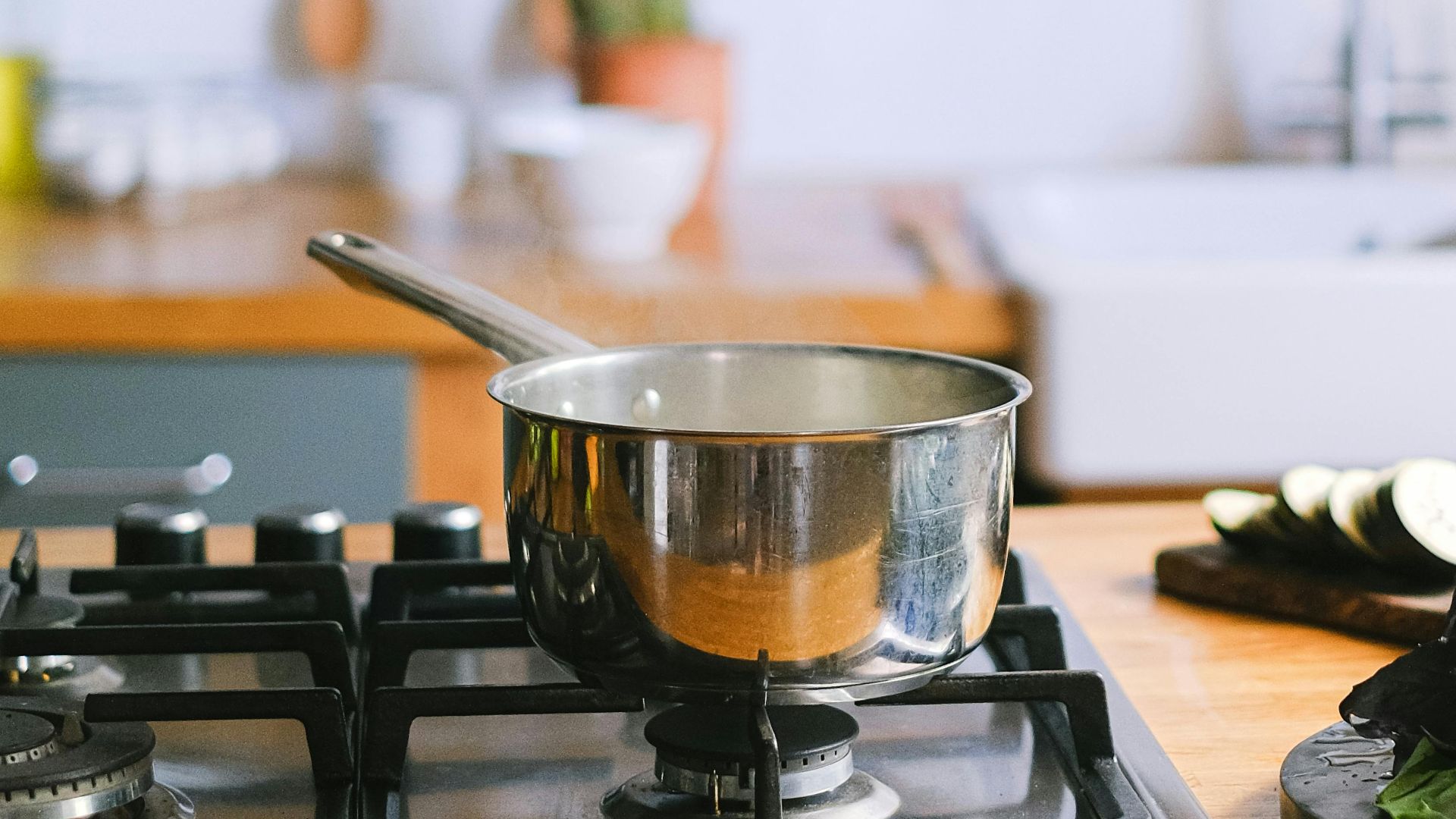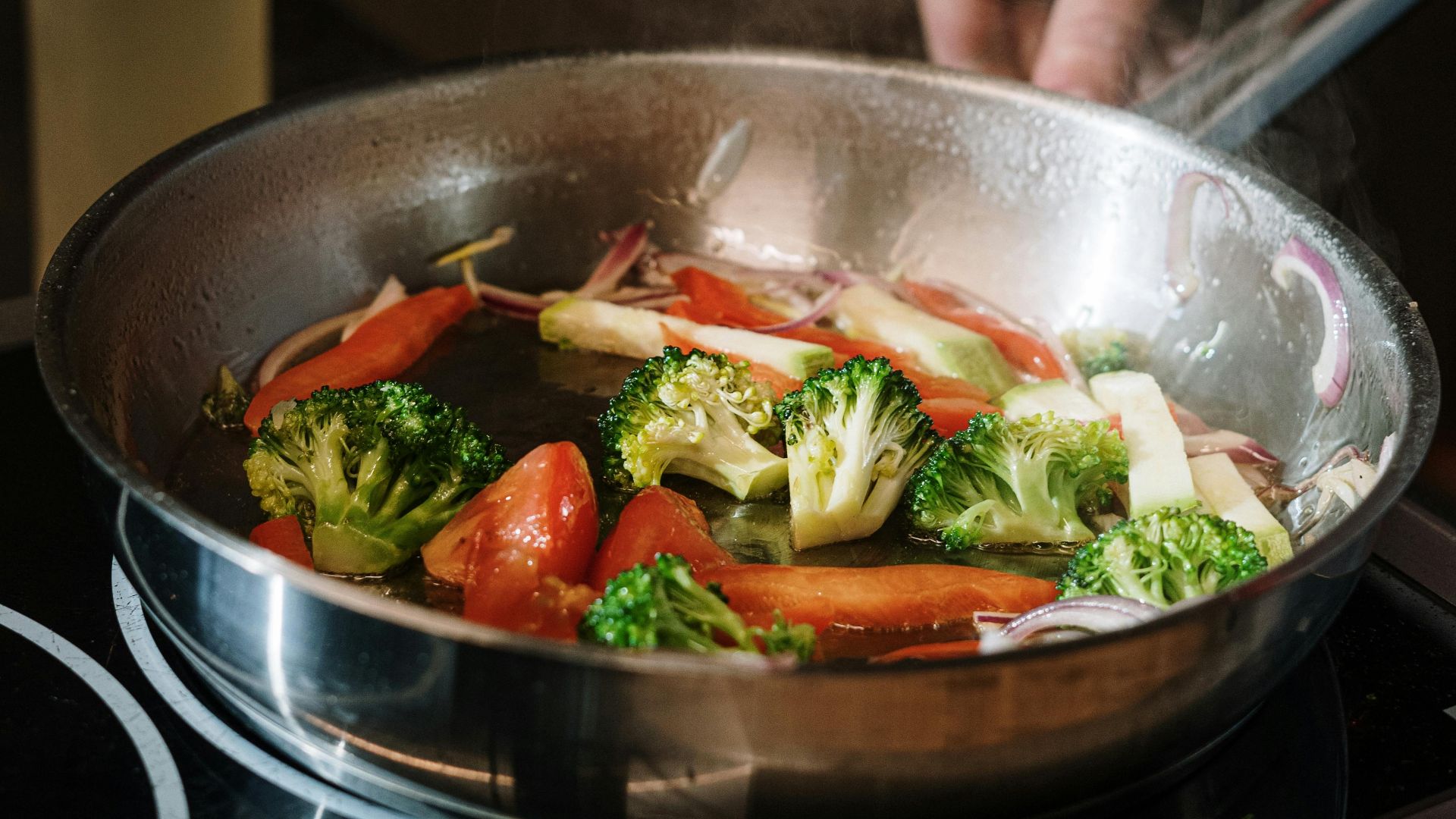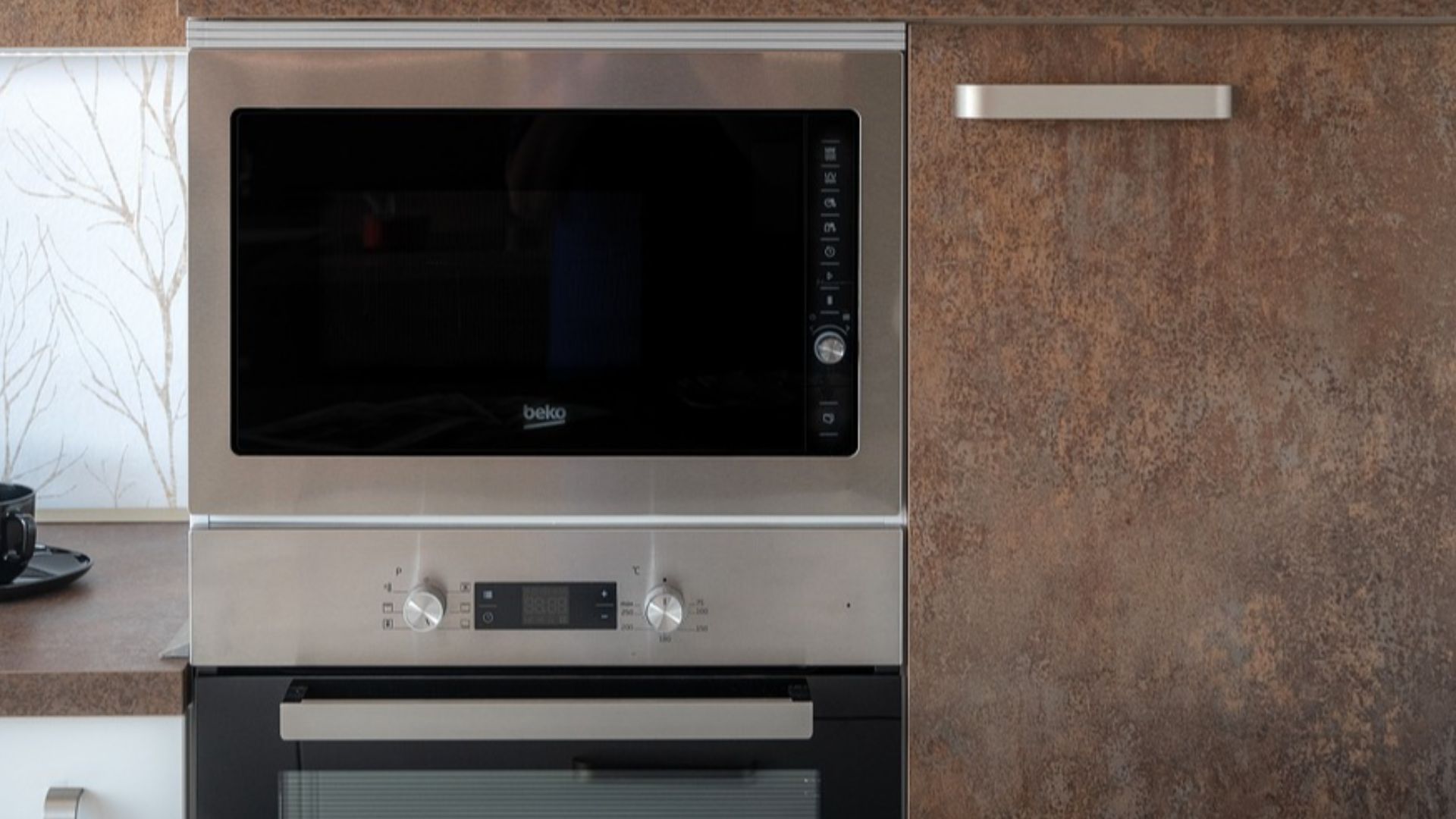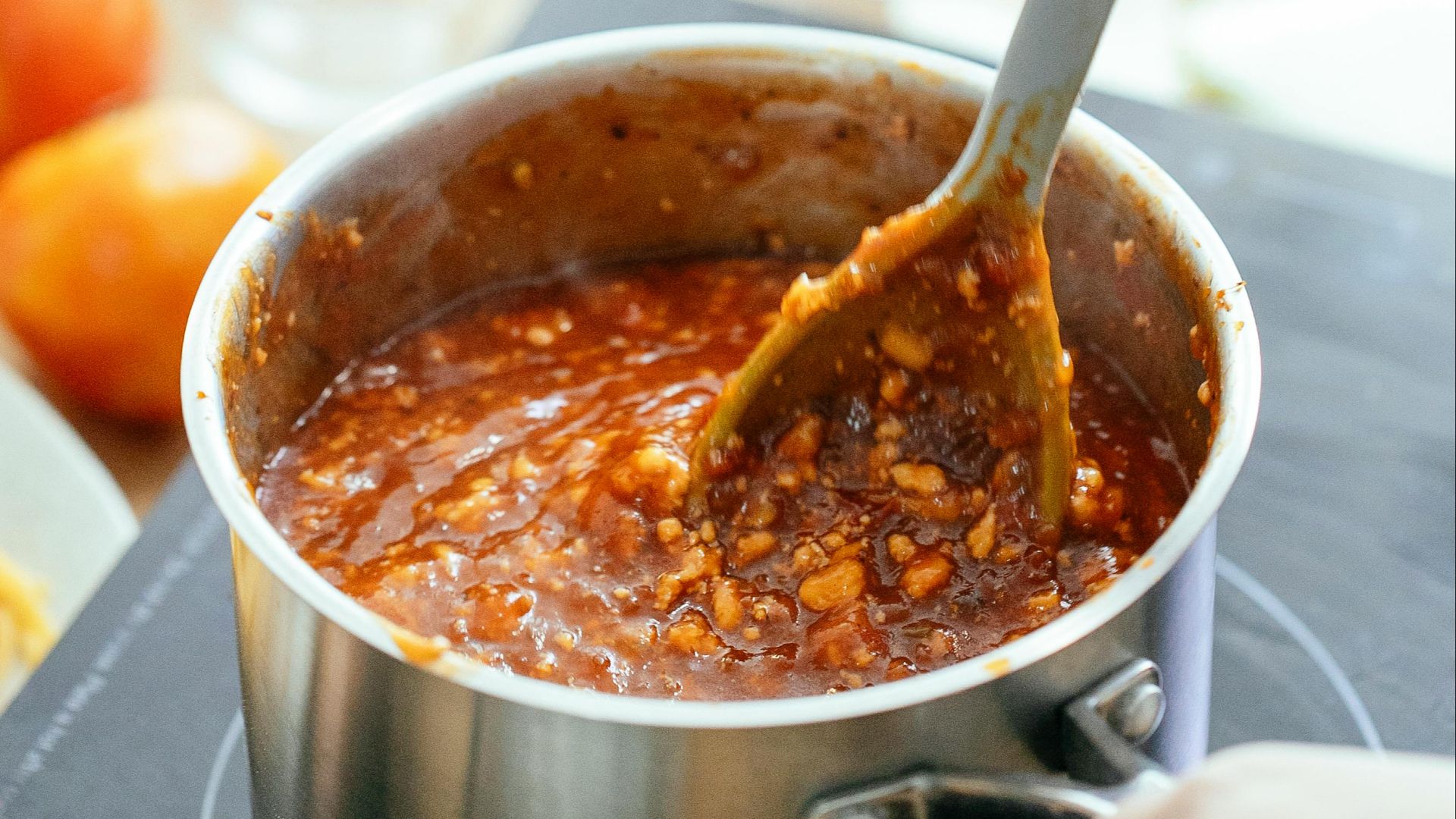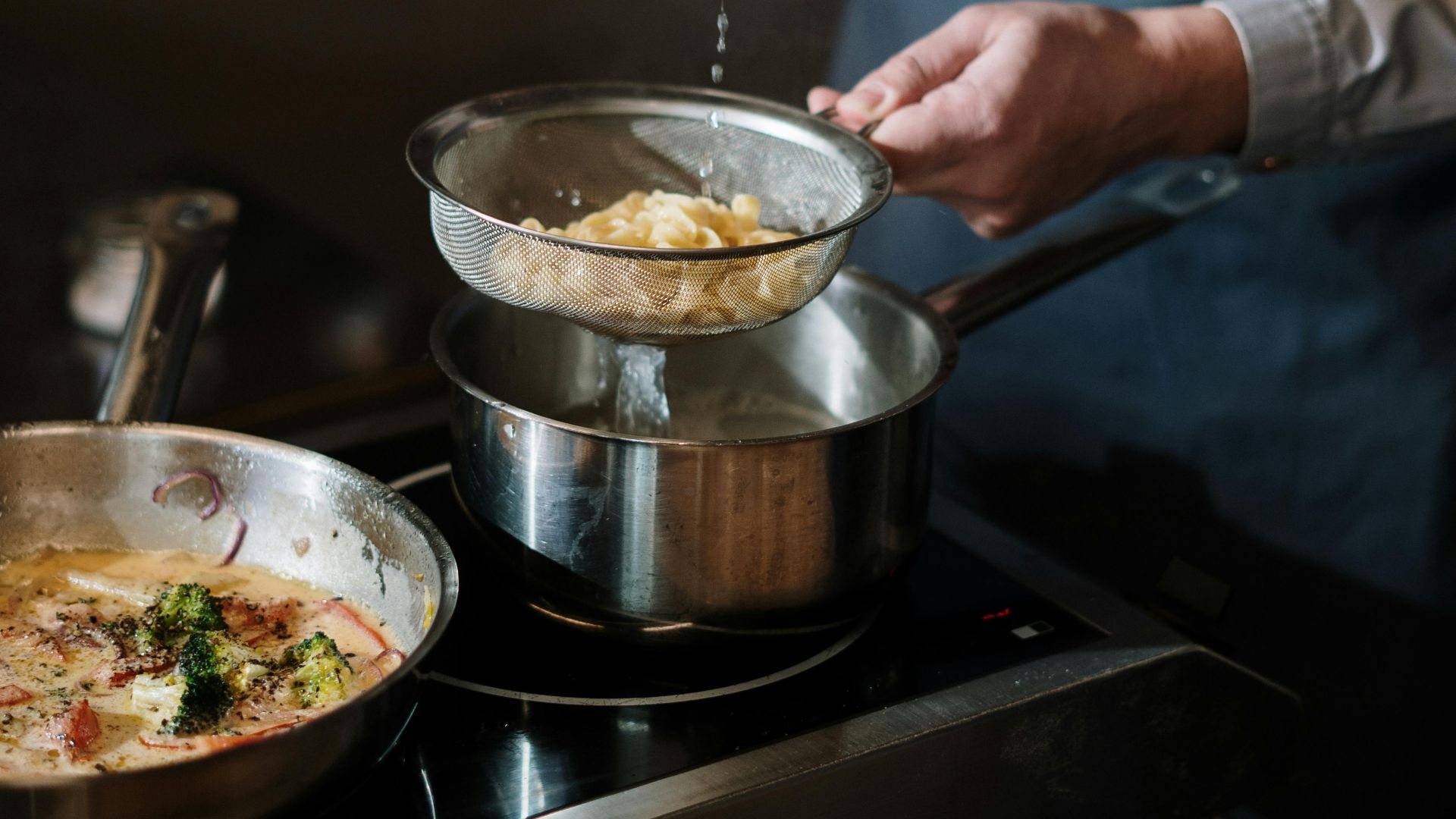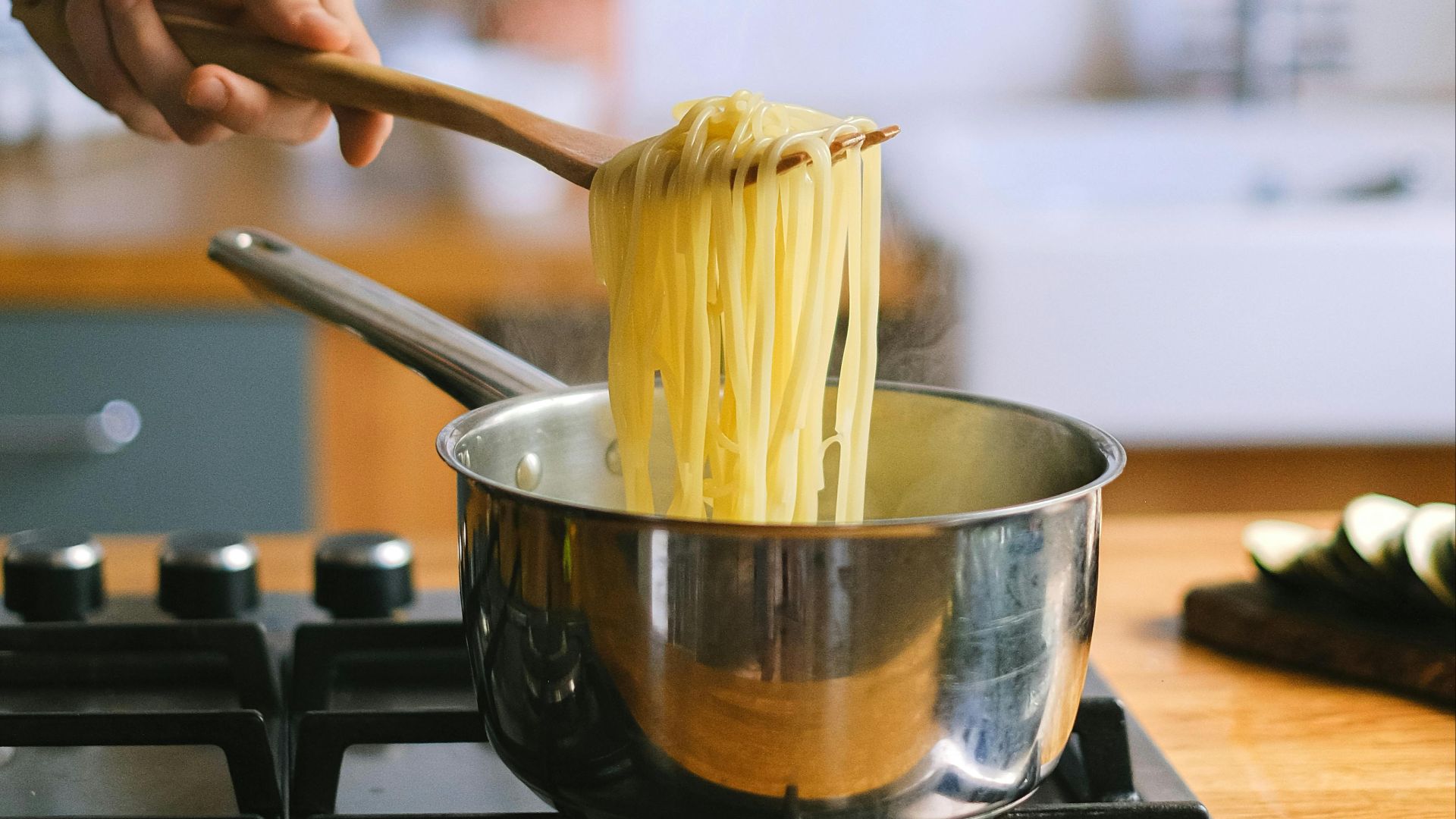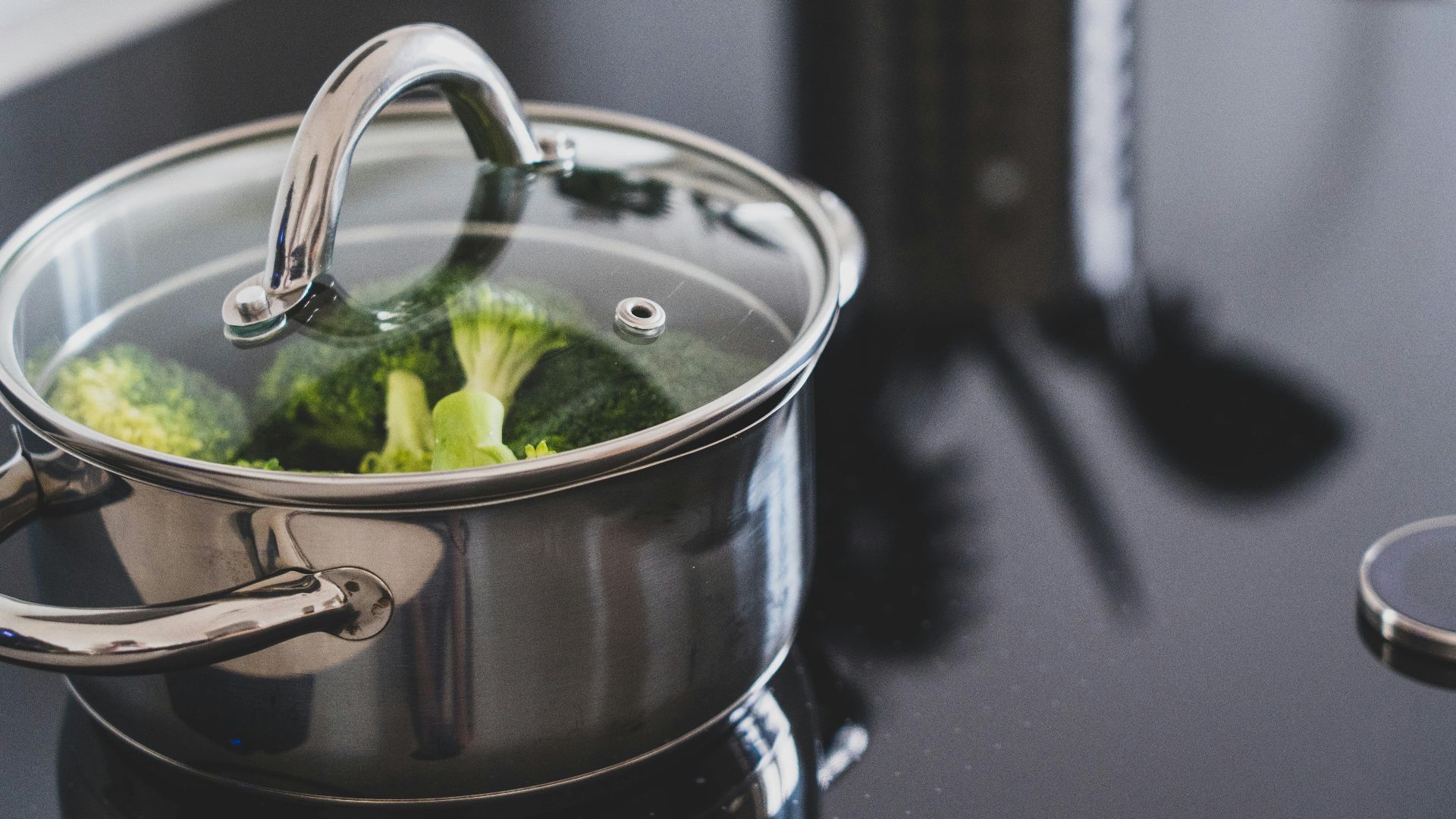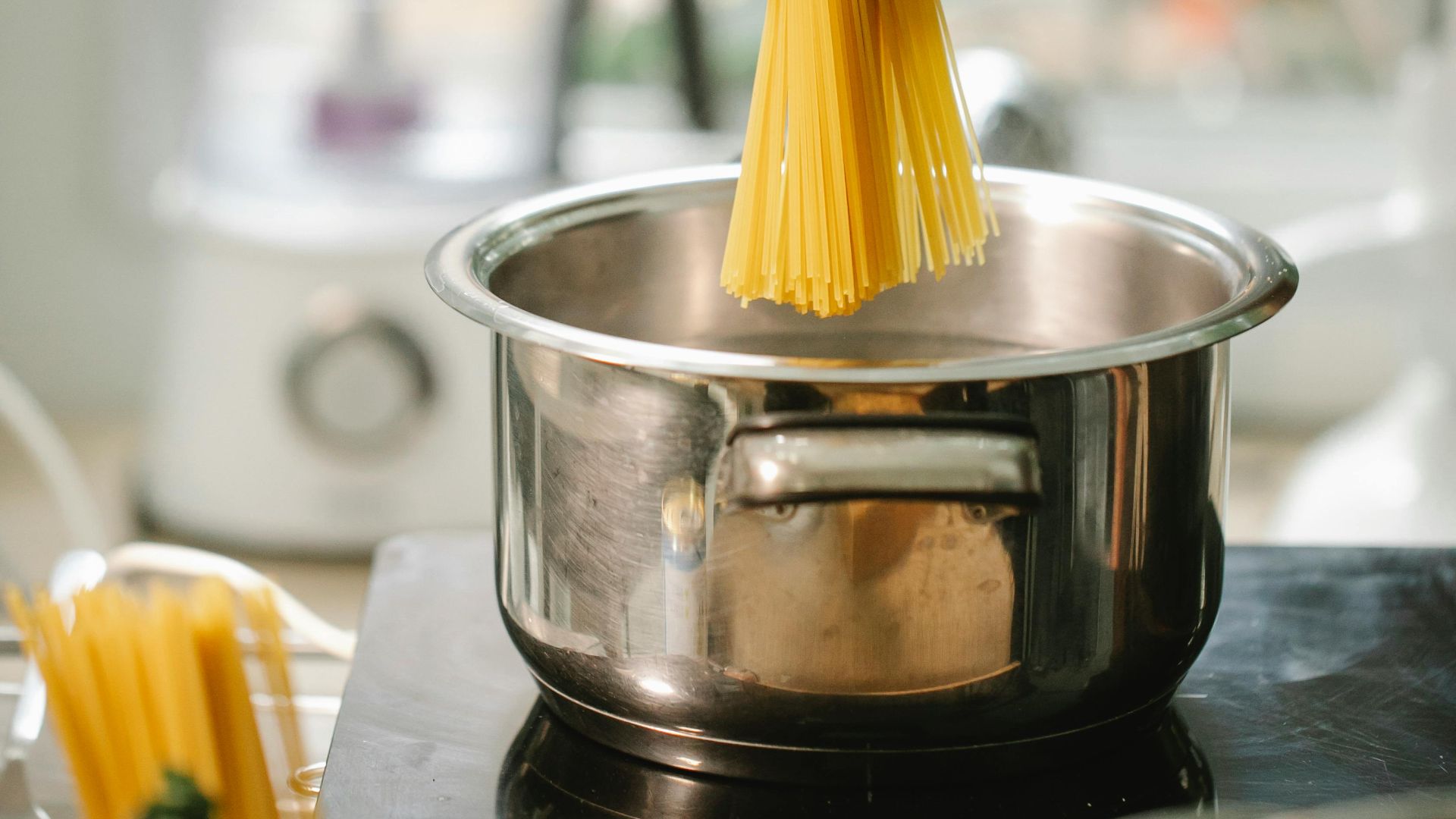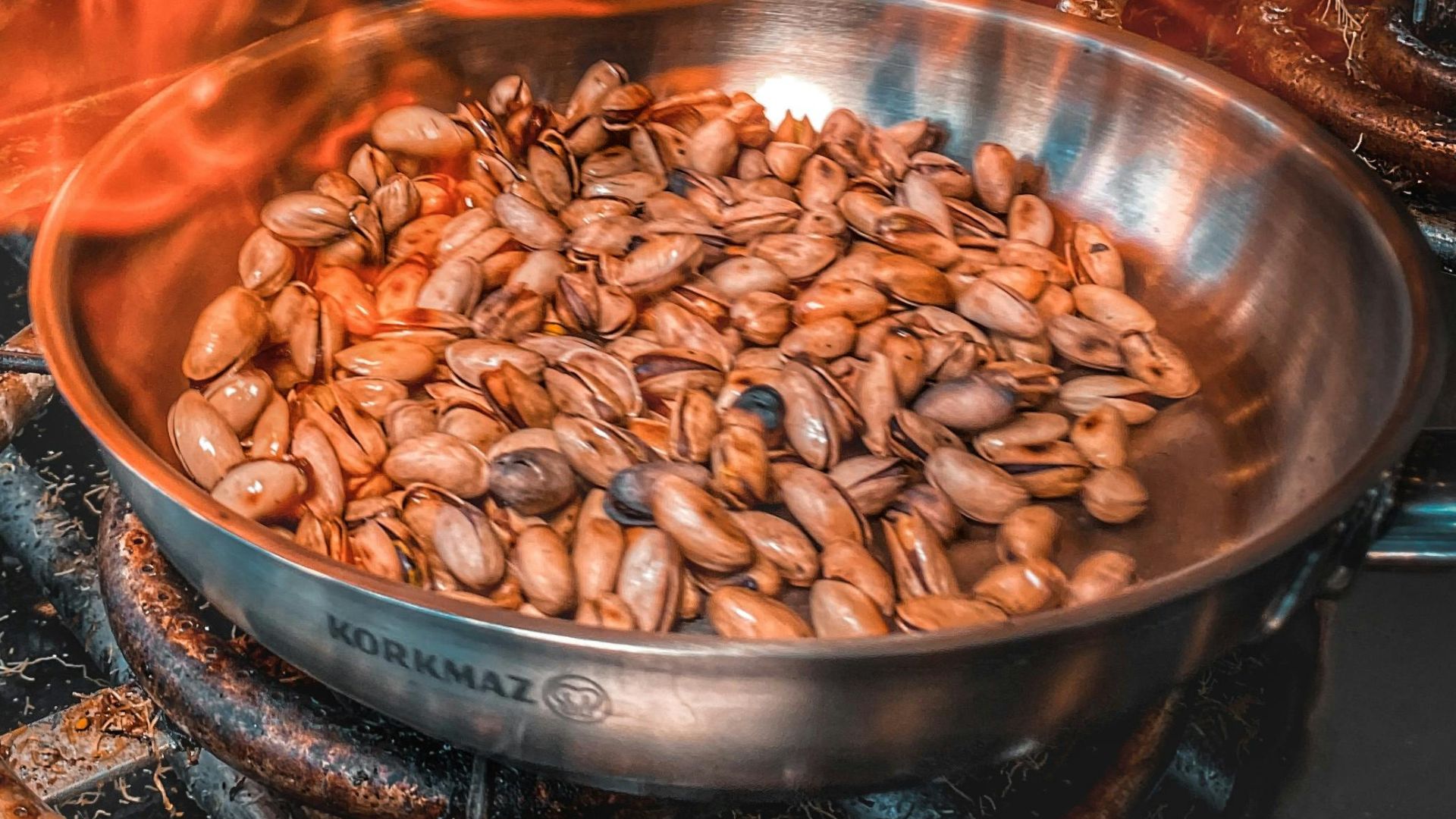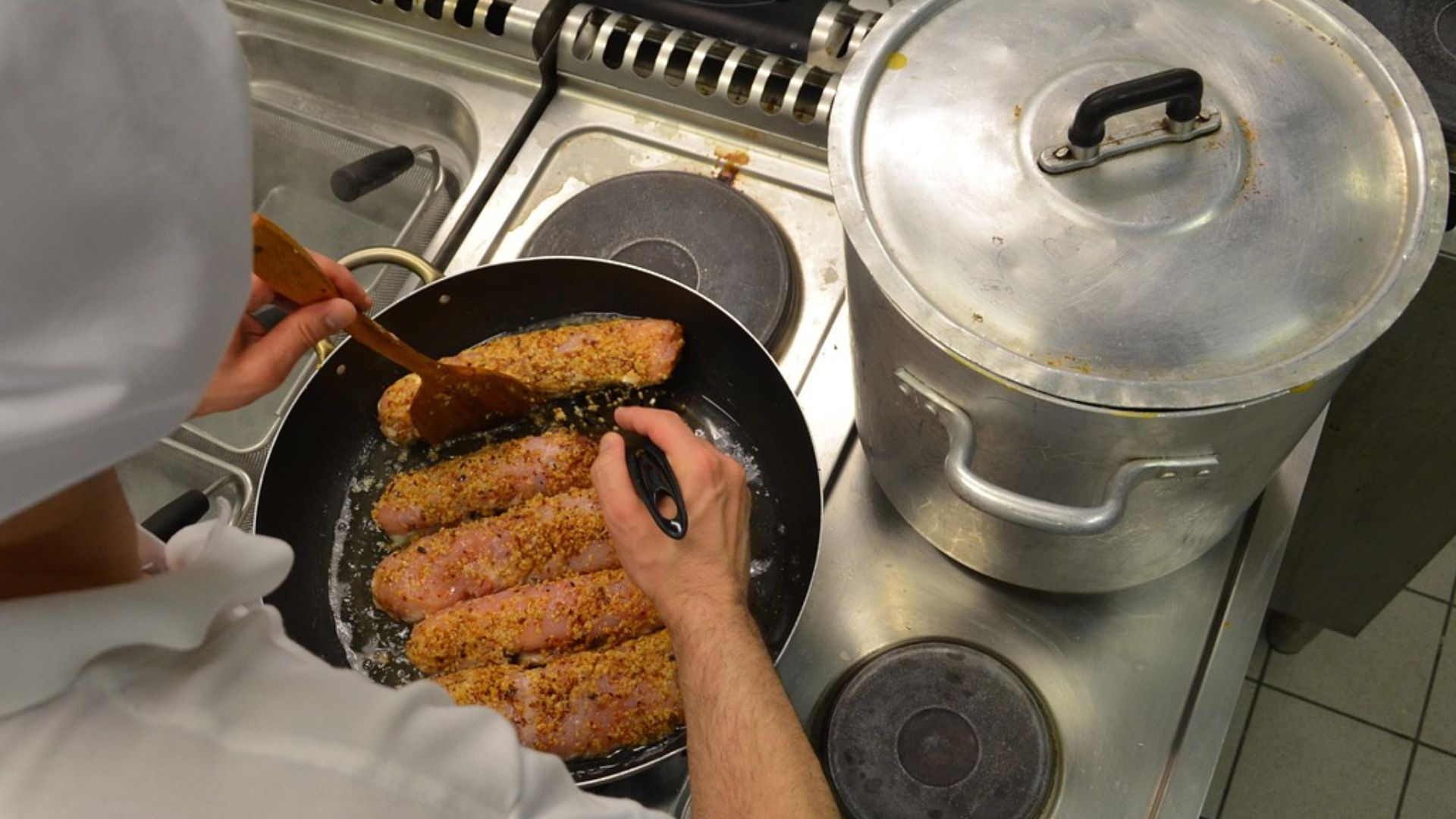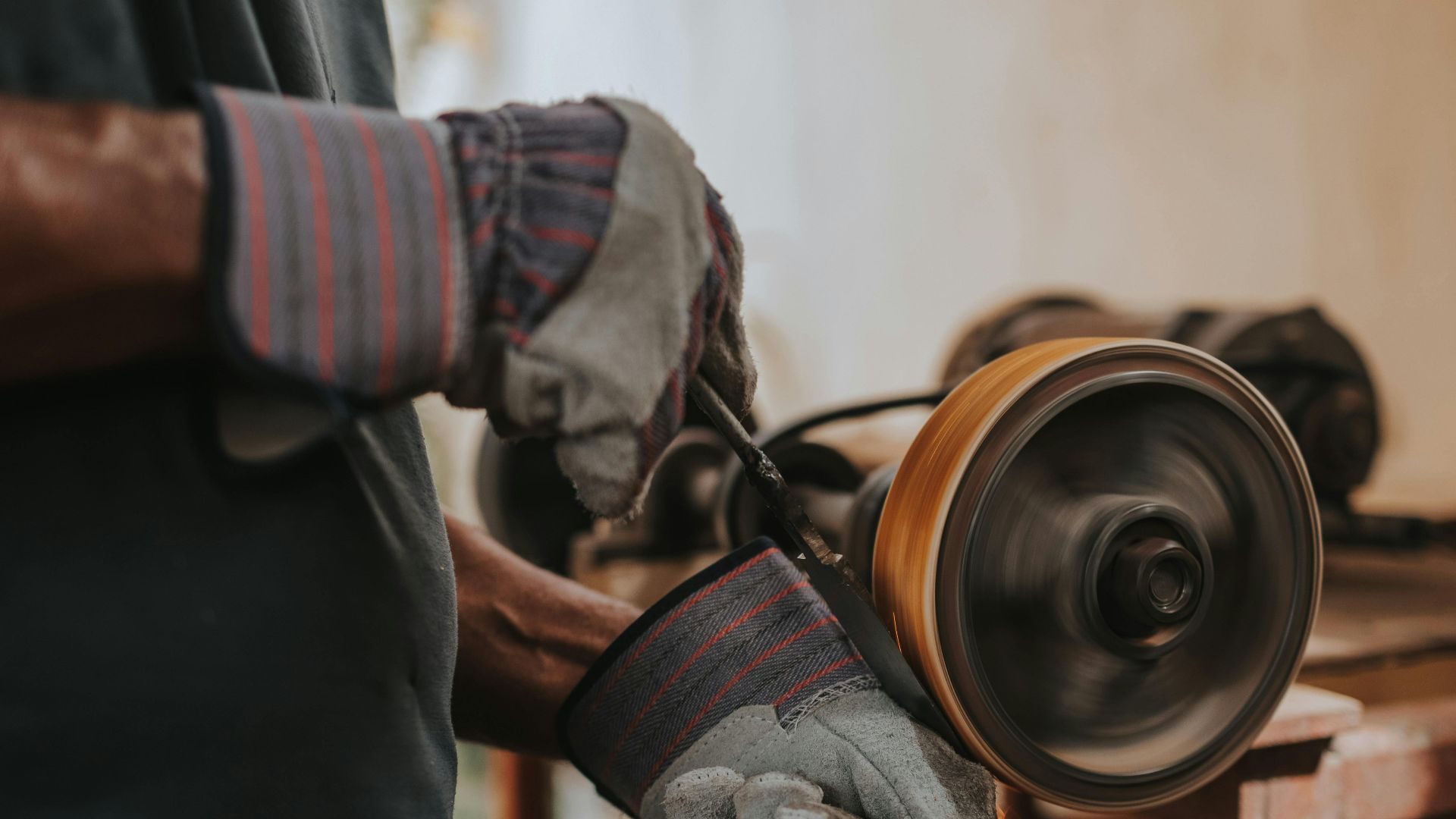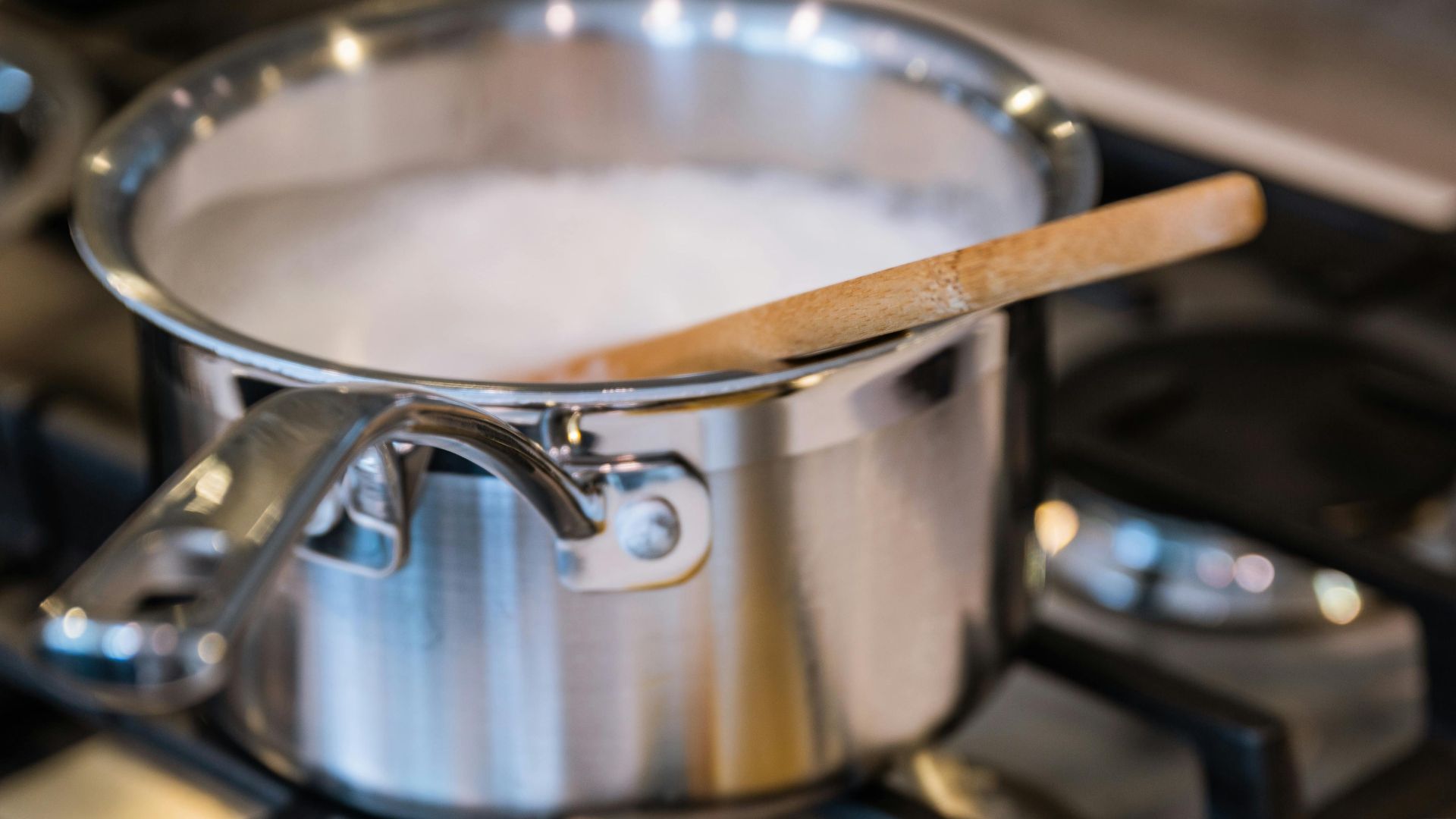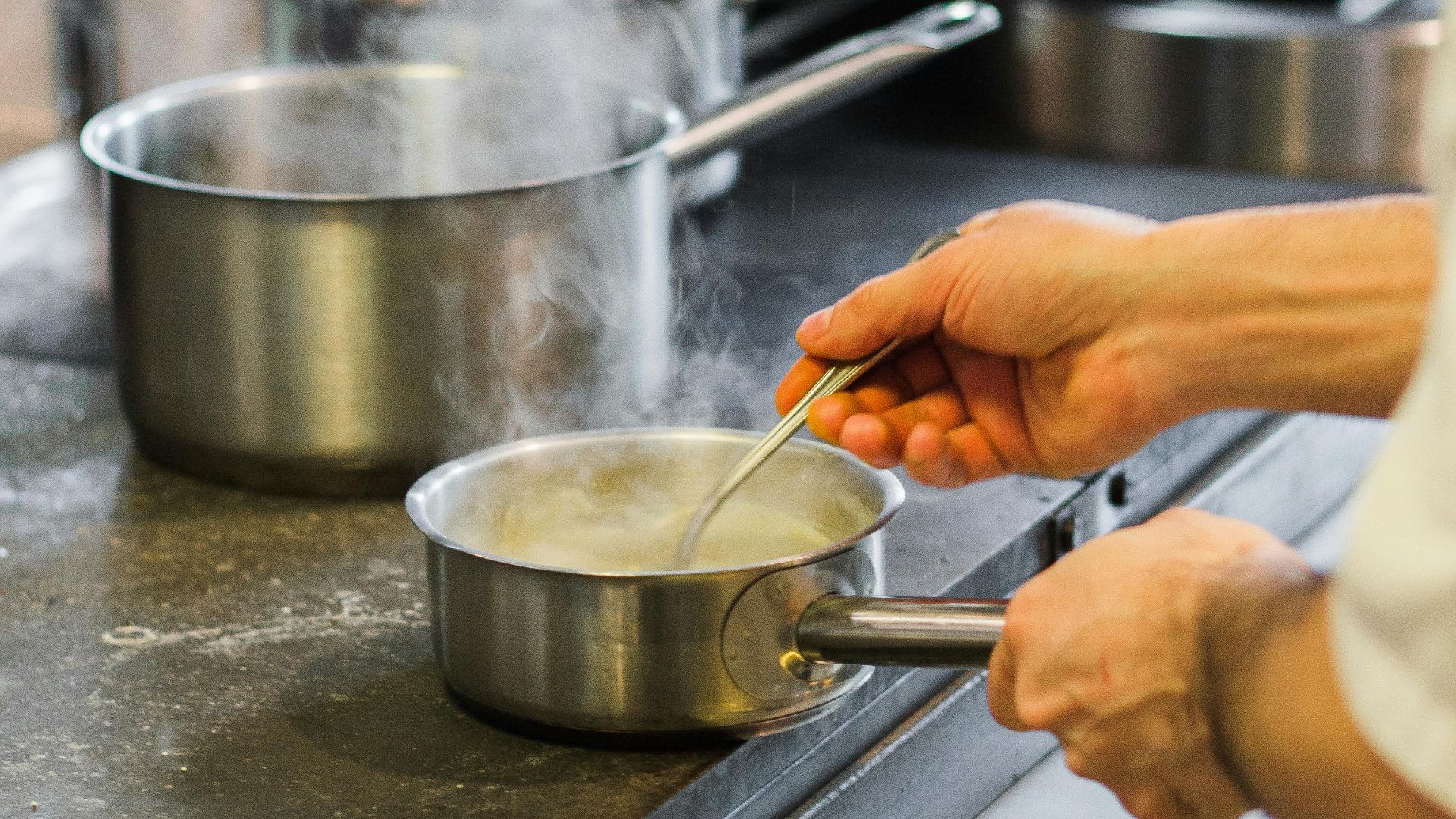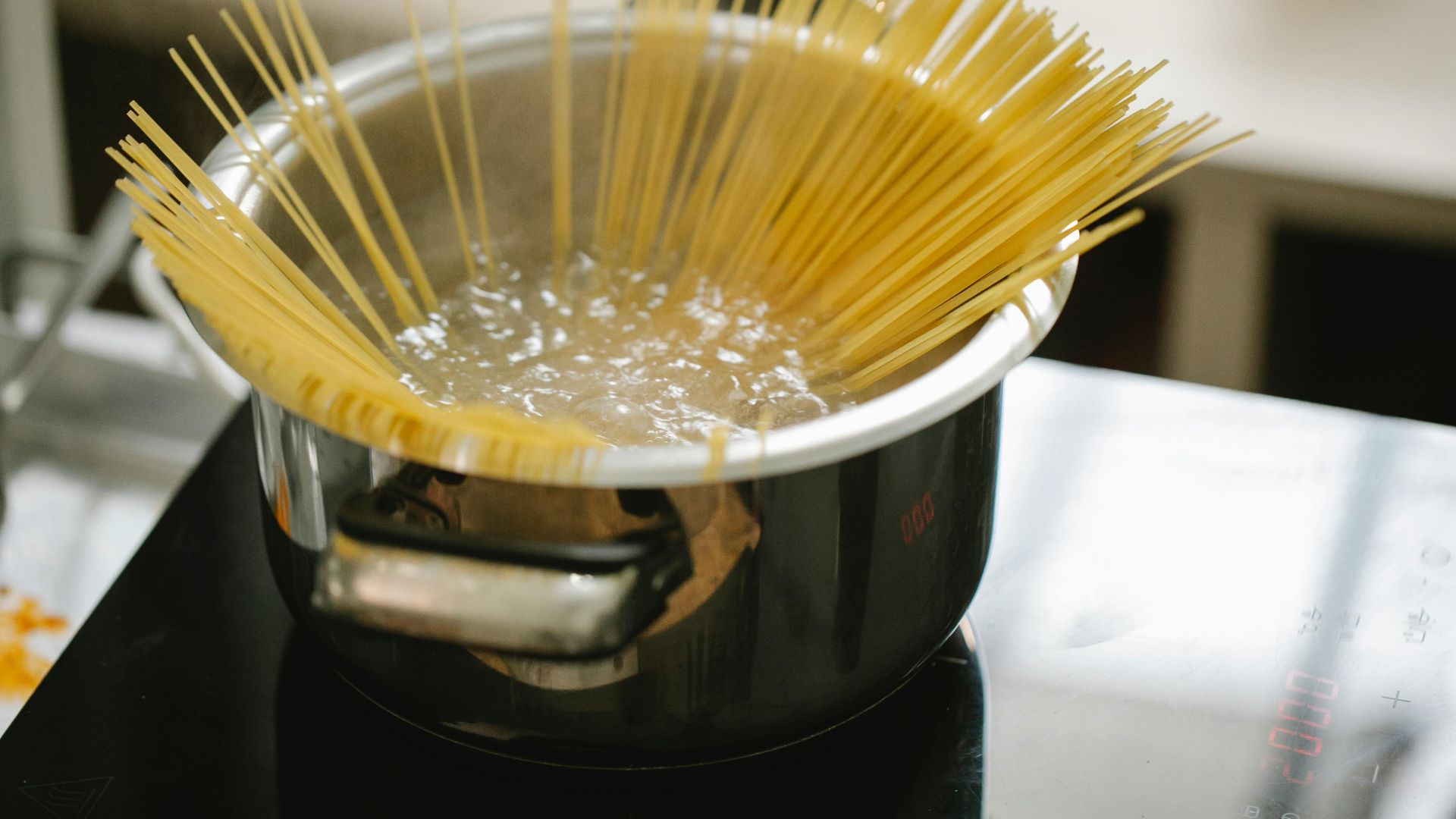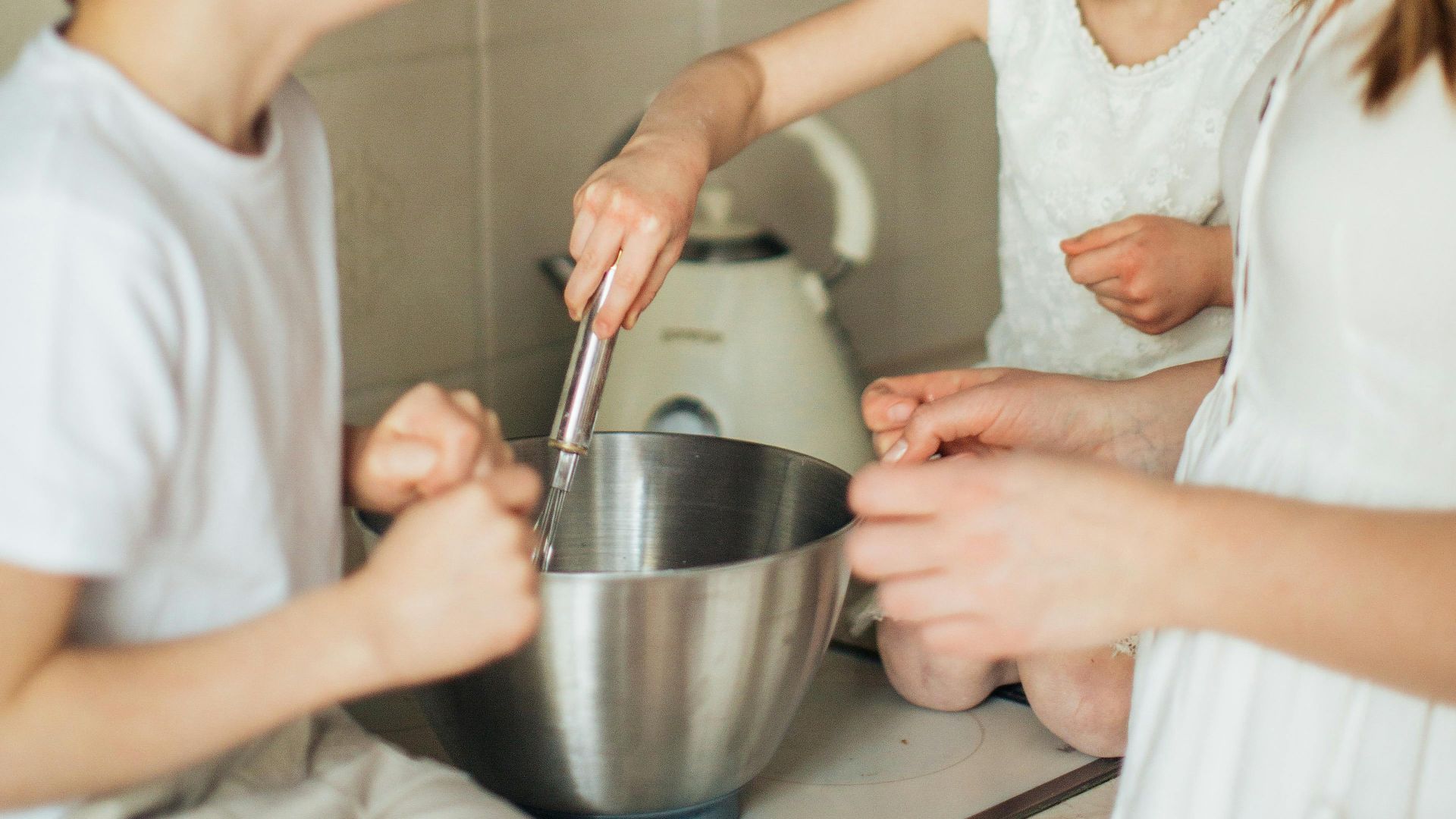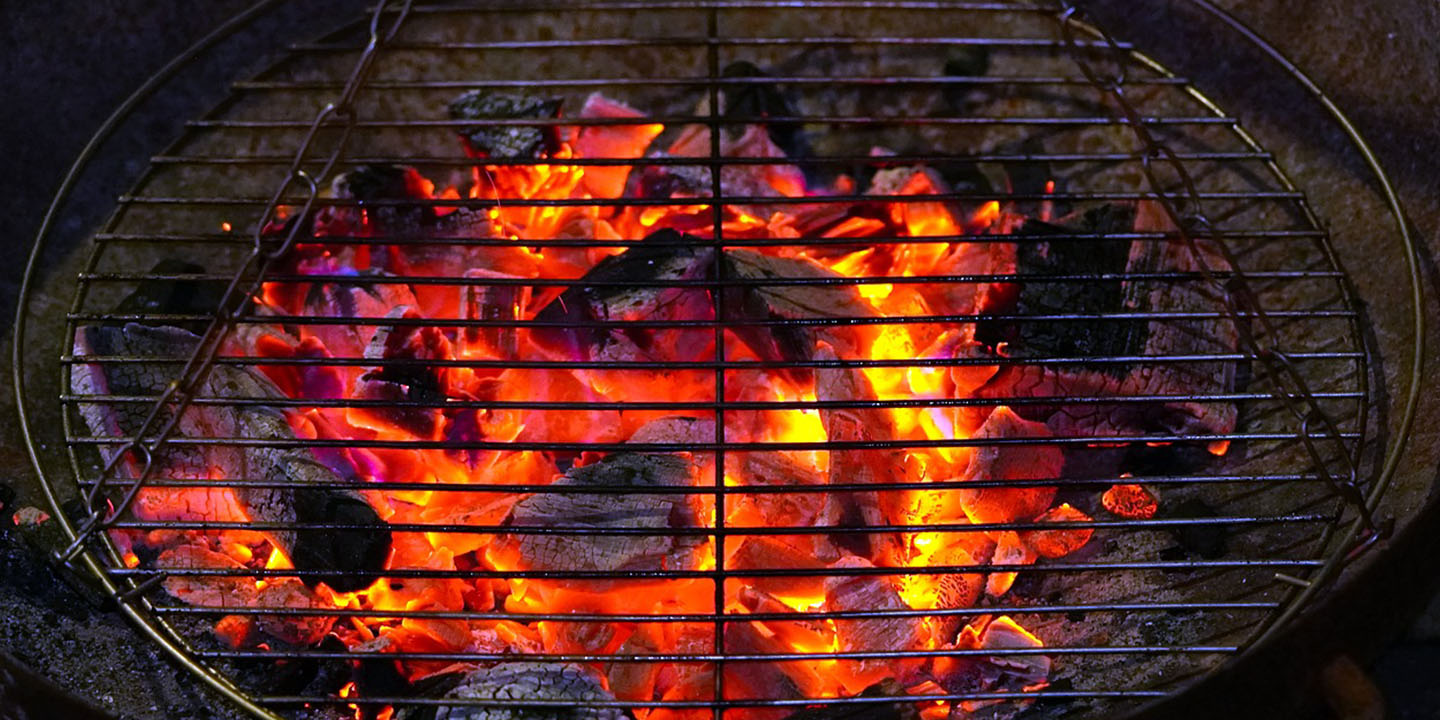10 Reasons Why You Should Switch To Stainless Steel Cookware & 10 That Might Make It Difficult
10 Reasons Why You Should Switch To Stainless Steel Cookware & 10 That Might Make It Difficult
Looking To Switch?
When it comes to upgrading your kitchen, stainless steel cookware is a game changer. However, while the benefits are plenty, there are also a few challenges that might make you hesitate. In this article, we’ll first explore the reasons why switching to stainless steel cookware is a great decision and then check out some of the difficulties you might face along the way. Let's see if stainless steel is the right choice for you!
1. It Lasts a Lifetime
Stainless steel is incredibly durable. Unlike nonstick cookware that wears out within a few years, a good stainless steel casserole can last decades if you take care of it. No peeling, no warping, just reliable performance year after year.
2. A Great Environmental Impact
Thanks to its durability, you won’t need to replace your cookware as often as you would with nonstick pans, reducing overall waste. Plus, stainless steel is 100% recyclable, meaning when your cookware eventually reaches the end of its life, it won’t just sit in a landfill.
3. No Harmful Coatings
Nonstick cookware can release poisonous fumes when overheated, and its coatings tend to chip off into your food over time. Stainless steel is naturally non-toxic, so you don’t have to worry about chemicals getting into your meals.
4. Better Heat Control
Stainless steel cookware heats up evenly and holds heat well, making it perfect for searing, sautéing, and browning food. You get a nice, crispy texture on meats and a beautiful caramelization on veggies—something nonstick just can’t match.
5. It's More Versatile Than Nonstick
With stainless steel, you can go from stovetop to oven without worrying about ruining the pot. That means you can start a dish by searing it on the stove and finishing it in the oven for even cooking. Try doing that with a cheap nonstick pan.
6. Stain-Resistant to Food and Liquids
Stainless steel cookware is naturally resistant to stains from food and liquids, including sauces and oils. Its smooth surface prevents liquids from seeping into the material, which helps maintain a clean and hygienic cooking surface after every use, unlike porous materials that can trap stains.
7. Non-Porous Surface
Unlike cast iron or nonstick skillets, stainless steel has a non-porous surface, which means it won’t absorb oils, odors, or food particles. This keeps your cookware fresh and free from bacteria buildup, so your food stays safe and clean.
8. Enhances Food Flavor
Stainless steel is non-reactive, meaning it won’t alter the taste of your food. Unlike certain metals, which can impart a metallic taste, stainless steel preserves the natural flavors of your ingredients. It’s perfect for delicate recipes where taste is key, such as sauces and marinades.
9. Great Value for Money
While stainless steel cookware can be a little more expensive upfront, it’s a long-term investment since it lasts long and performs well. A versatile set with small and large pots will save you money in the long run. So, cheaper nonstick alternatives don’t offer a higher value for money than stainless steel.
10. It Looks Professional
There’s something undeniably sleek and professional about stainless steel cookware. It’s the type of cookware you see in high-end kitchens, and using it makes your kitchen feel more sophisticated and stylish. Choose a stainless steel set with a mirror-polished finish for extra style points.
1. It’s Expensive
High-quality stainless steel cookware can come with a hefty price tag. Throwing away your nonstick saucepans and switching to stainless steel is a significant investment upfront. For many, this can be a barrier, especially if you're used to buying cheaper cookware.
2. There’s a Learning Curve
Cooking with stainless steel is different from using nonstick cookware, and there’s a bit of a learning curve. You'll need to master heat control and timing to prevent food from sticking and burning. It can take some practice to get used to using it.
3. Sticking is an Issue
If you don’t properly preheat your stainless steel skillet or use enough oil, food can stick—sometimes even more so than with nonstick cookware. Getting the perfect sear or saute without things sticking to the bottom requires a bit more attention to detail.
4. It’s Heavy
Stainless steel cookware is usually heavier than nonstick or aluminum pots. If you’re used to the light weight of nonstick pans, the extra heft of stainless steel can make handling and moving them around the kitchen a bit more cumbersome.
5. Requires Polishing
Regular polishing is often necessary to keep stainless steel looking shiny and free of water spots. Unlike nonstick casseroles, which mostly just require a simple wipe-down, stainless steel cookware can show fingerprints, water spots, and smudges. Some people might find this maintenance time-consuming.
6. Too Much Heat Retention
Stainless steel is great at holding heat, which is perfect for some types of cooking. However, this means it takes longer to cool down compared to other materials like nonstick or aluminum. This might be inconvenient if you want to quickly move on to your next dish.
7. Cleaning is Challenging
Stainless steel cookware can sometimes be tricky to clean, especially if it's used improperly and food gets burnt onto the surface. You might need to invest in special cleaning products and tools to keep it sparkling. Burnt food is particularly difficult to remove.
8. An Increased Burn Risk
Since stainless steel cookware retains heat for a long time, there's an increased risk of burns if you’re not careful. The handles, especially, can get quite hot, and without proper mitts or gloves, you could easily burn yourself while handling your pot.
9. Compatibility Can Be a Problem
Not all stainless steel cookware works with induction stoves, which are becoming more common in many kitchens. Induction stoves require pots and pans made with ferrous (magnetic) metals to work effectively. So, if you’re planning to use your stainless steel cookware on an induction stove, make sure it’s induction-ready.
10. Prone to Scratching
Stainless steel cookware can be prone to scratches if not used with care, particularly when you’re using metal utensils or stacking your cookware. While the scratches won’t affect performance, they can reduce its aesthetic appeal and leave your pots looking worn over time.


